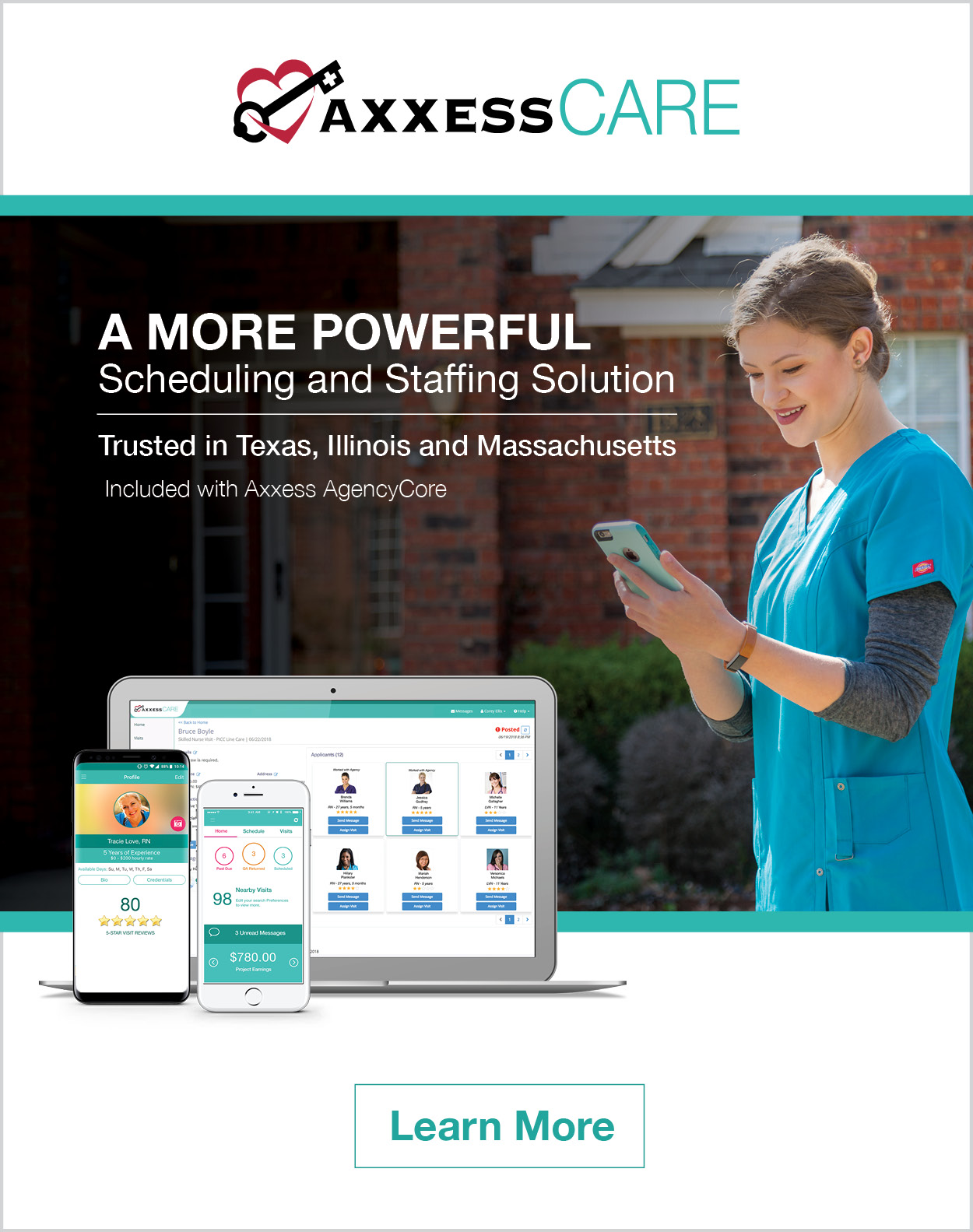
Twenty-five years ago, when Allen Hager, executive chairman of Risemark and founder of Right at Home, first got into home care, 8% of the United States GDP was spent on healthcare. Today, it’s nearly 18% and expected to hit 20% within the next several years. During a discussion on the Help Choose Home podcast, Hager explains that escalating costs and a societal responsibility to provide long-term care for an exploding aging population are two major factors that are driving the expansion of the home care industry and home health care options.
Bringing Down Healthcare Costs
Legislators, policy makers, healthcare executives and others are all looking for ways to bring down the cost of medical care and to deliver high quality care more efficiently. Hager points out that within the Medicare population of people 65 years old or older, approximately 5% of that population accounts for half of all Medicare costs. In most cases, these individuals with chronic health issues can be better served with in-home care, by addressing not only their health issue, but improving their quality of life by looking at their environment and their support network.
The United States health system does big, dramatic interventions well. From medical and surgical technology to imaging technology, it is equipped and prepared to address medical emergencies and crises. Where it falls short, according to Hager, is after the patient leaves the clinical setting.
Patients who return home after hospitalization often fail to eat nutritious meals. They face a long list of post-surgery care instructions that may be confusing. They lack a necessary support system, and they may not bother to keep follow-up appointments with their primary care physician. Hager indicates that for chronically ill individuals, the two issues most commonly faced are medication interaction – where patients don’t take their medications appropriately or adhere to the prescribed regimen – and falls due to environment, poor nutrition, and inadequate supervision.
In-Home Care Benefits
When in-home care is introduced, however, incidents like these are greatly reduced. Hager points to a study conducted at Forsyth Medical Center in Winston-Salem through a Duke Foundation grant, which focused on providing in-home care for older, chronically ill patients. Very quickly it became clear that unnecessary admissions were dramatically reduced and within one year, the medical center saw a $1.4 million in reduction in overall costs verses before introducing these services.
With in-home care services, the caregiver is not only looking for a change in condition of the patient, but they also provide a professional overview of the overall environment in which the person is living – the psycho/social, emotional, and even the clinical environment. By partnering with all facets of the care continuum, caregivers can communicate changes in condition immediately so that intervention occurs to head off re-hospitalization, thus ultimately delivering preventative care at a fraction of the cost of acute care.
Important Things to Consider
When looking for care for an older adult, Hager encourages families to consider these questions about their loved one:
- Can the individual stay in his or her home?
- Does the individual need to move to institutional care – i.e. a nursing home?
- Is proper care being given? Is there good coordination between all the individual’s doctors, a sharing of information?
- What are helpful community resources? Research care options on the internet or get referrals from people you know and trust – other families who are using home care, or a physician. There are also Area Agencies on Aging in many communities, which can be a helpful resource.
By addressing these questions, families can begin to form a plan of care that will be most beneficial for their loved one. A care manager can also help families and be a great resource once these basic questions are addressed.
Looking forward, Hager sees continual growth in the home care industry. As traditional health systems are faced with a larger aging population and the need to reduce the cost to deliver care, home care is poised and ready to provide a whole range of services around care delivery.
To learn more about how in-home care is an integral part of the future of health care, listen to the full interview with Allen Hager in the Help Choose Home podcast series by searching for “Help Choose Home” on iTunes or Google.
The Help Choose Home podcast series is a joint effort between the National Association for Home Care and Hospice, Axxess, and corecubed. The vision is to provide information and resources to help those with a care need learn more about healthcare at home. Podcasts are hosted by Merrily Orsini, executive vice president of Axxess and president and CEO of corecubed, a firm dedicated exclusively to marketing home health agencies.
Join us in the quest to educate your community to Help Choose Home! Share this podcast with others on your social media and follow us on LinkedIn, Twitter and Facebook.

